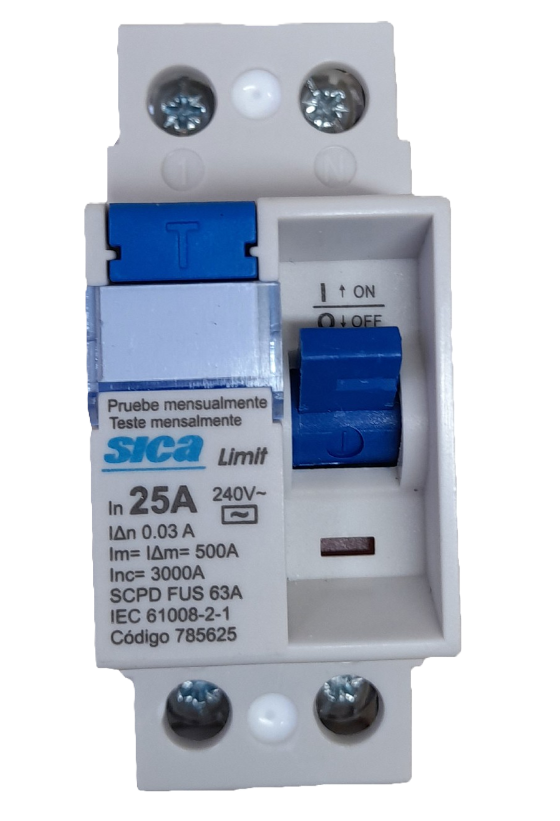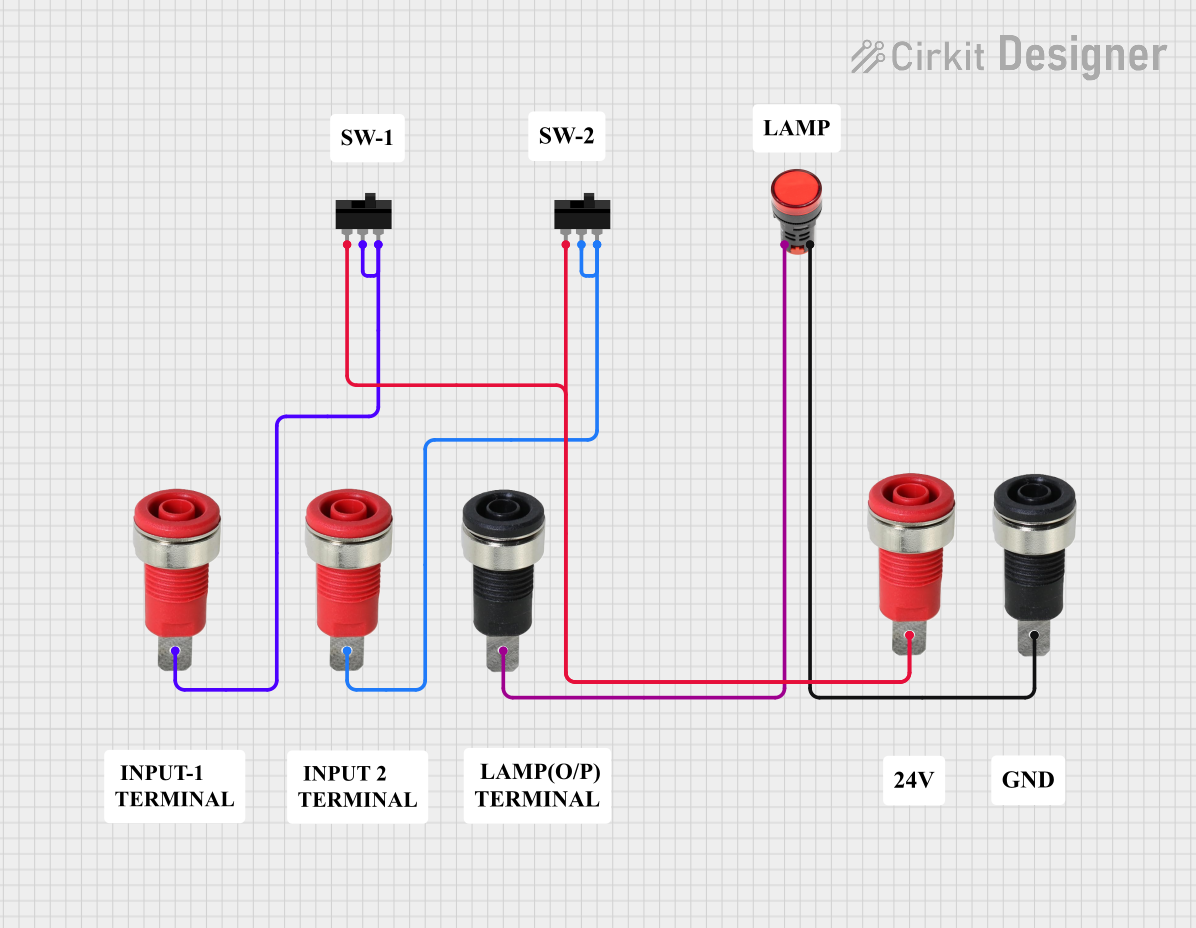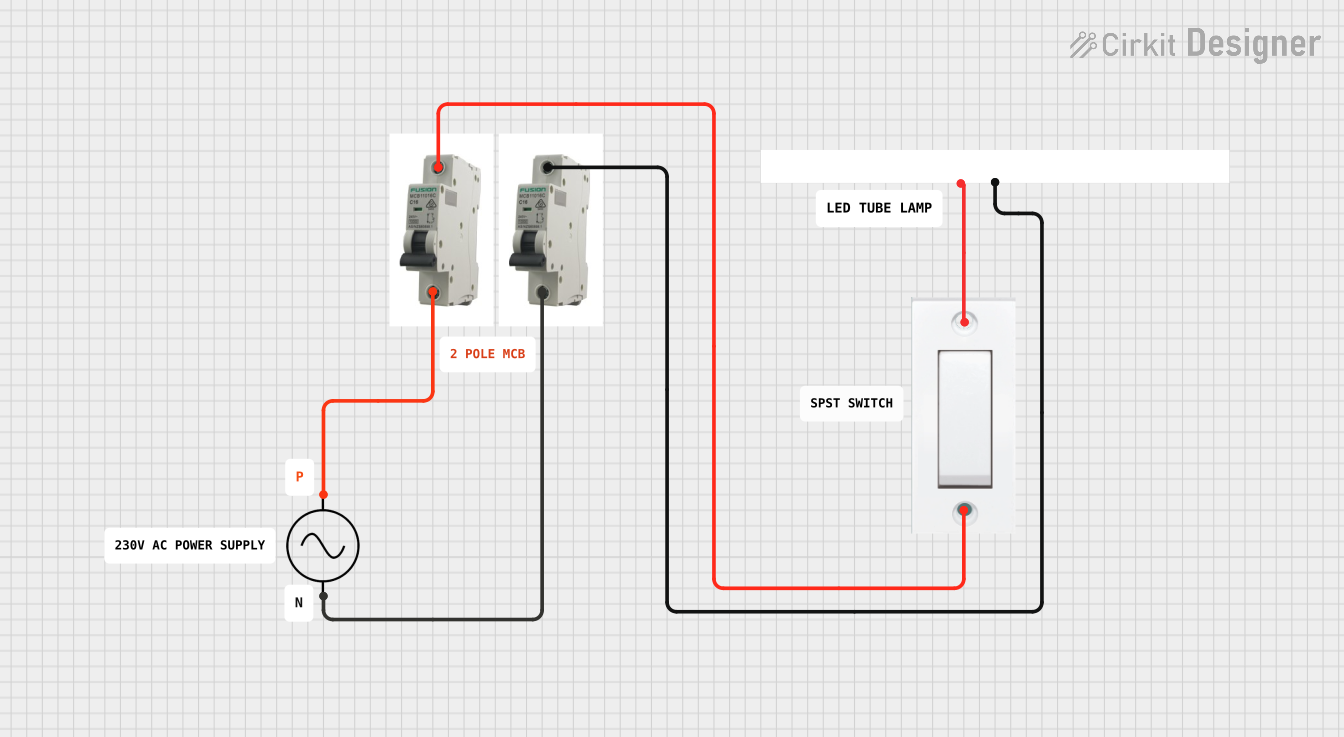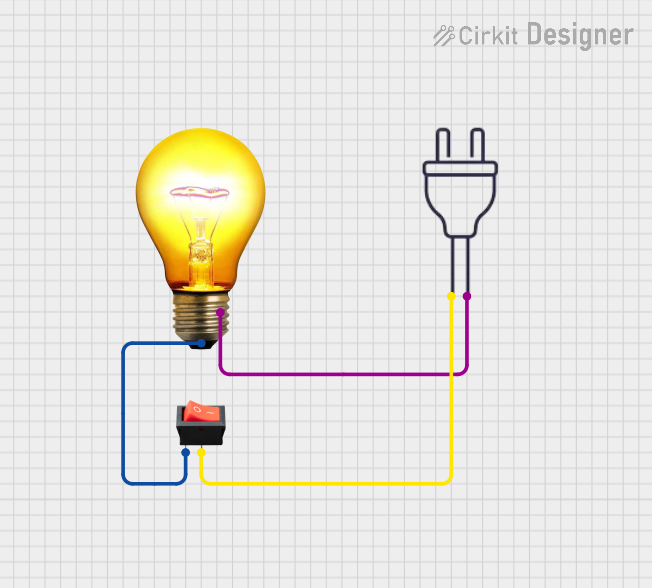
How to Use Rcd switch: Examples, Pinouts, and Specs

 Design with Rcd switch in Cirkit Designer
Design with Rcd switch in Cirkit DesignerIntroduction
A Residual Current Device (RCD) switch is a critical safety component in electrical systems. It is designed to disconnect a circuit whenever it detects an imbalance between the live and neutral wires. This imbalance typically indicates leakage current, which could result in electric shock or electrical fires. By quickly cutting off the power supply, the RCD switch helps protect both people and equipment.
Explore Projects Built with Rcd switch

 Open Project in Cirkit Designer
Open Project in Cirkit Designer
 Open Project in Cirkit Designer
Open Project in Cirkit Designer
 Open Project in Cirkit Designer
Open Project in Cirkit Designer
 Open Project in Cirkit Designer
Open Project in Cirkit DesignerExplore Projects Built with Rcd switch

 Open Project in Cirkit Designer
Open Project in Cirkit Designer
 Open Project in Cirkit Designer
Open Project in Cirkit Designer
 Open Project in Cirkit Designer
Open Project in Cirkit Designer
 Open Project in Cirkit Designer
Open Project in Cirkit DesignerCommon Applications and Use Cases
- Home Electrical Systems: Protects individuals from electric shock in residential wiring.
- Industrial Environments: Ensures safety in high-power machinery and equipment.
- Outdoor Installations: Provides protection in outdoor circuits, such as garden lighting or power tools.
- Portable Equipment: Used in devices like extension cords with built-in RCDs for added safety.
Technical Specifications
Key Technical Details
- Rated Voltage: 230V AC (single-phase) or 400V AC (three-phase)
- Rated Current: 16A, 32A, or 63A (varies by model)
- Residual Current Sensitivity: 10mA, 30mA, or 100mA
- Trip Time: ≤ 300ms (standard) or ≤ 40ms (high sensitivity)
- Frequency: 50/60 Hz
- Operating Temperature: -25°C to +55°C
- Mounting Type: DIN rail or panel-mounted
- Standards Compliance: IEC 61008-1, IEC 61009-1
Pin Configuration and Descriptions
The RCD switch typically has four terminals for single-phase models and additional terminals for three-phase models. Below is the pin configuration for a single-phase RCD switch:
| Pin Number | Label | Description |
|---|---|---|
| 1 | L (Input) | Live wire input from the power source |
| 2 | N (Input) | Neutral wire input from the power source |
| 3 | L (Output) | Live wire output to the load |
| 4 | N (Output) | Neutral wire output to the load |
For three-phase RCD switches, additional terminals (L2, L3) are included for the extra live wires.
Usage Instructions
How to Use the RCD Switch in a Circuit
- Identify the Power Source and Load: Ensure the RCD switch is compatible with the voltage and current ratings of your circuit.
- Connect the Input Terminals:
- Connect the live wire from the power source to the L (Input) terminal.
- Connect the neutral wire from the power source to the N (Input) terminal.
- Connect the Output Terminals:
- Connect the live wire to the load to the L (Output) terminal.
- Connect the neutral wire to the load to the N (Output) terminal.
- Secure the Connections: Tighten all terminal screws to ensure a secure and reliable connection.
- Test the RCD Switch:
- Press the Test Button (usually marked "T") to simulate a fault condition. The switch should trip immediately.
- Reset the switch by toggling it back to the "ON" position.
Important Considerations and Best Practices
- Sensitivity Selection: Use a 30mA RCD for personal protection and a 100mA RCD for fire prevention in industrial settings.
- Regular Testing: Test the RCD switch monthly using the test button to ensure proper functionality.
- Avoid Overloading: Ensure the connected load does not exceed the rated current of the RCD switch.
- Proper Grounding: Always ensure the circuit is properly grounded for optimal safety.
- Environmental Conditions: Avoid installing the RCD switch in areas with excessive moisture or extreme temperatures unless it is rated for such conditions.
Arduino Integration
While RCD switches are not typically controlled by microcontrollers like Arduino, they can be monitored for tripping events. Below is an example of how to monitor the state of an RCD switch using an Arduino UNO:
// Define the pin connected to the RCD switch's output
const int rcdPin = 2; // Digital pin 2
void setup() {
pinMode(rcdPin, INPUT); // Set the RCD pin as input
Serial.begin(9600); // Initialize serial communication
}
void loop() {
int rcdState = digitalRead(rcdPin); // Read the RCD state
if (rcdState == HIGH) {
// If the RCD is in the ON position
Serial.println("RCD is ON. Circuit is protected.");
} else {
// If the RCD has tripped
Serial.println("RCD has tripped! Check for faults.");
}
delay(1000); // Wait for 1 second before checking again
}
Note: This code assumes the RCD switch has an auxiliary contact or output that changes state when the switch trips. Consult the RCD's datasheet for details.
Troubleshooting and FAQs
Common Issues and Solutions
RCD Switch Does Not Trip During Testing:
- Cause: Faulty test button or internal mechanism.
- Solution: Replace the RCD switch immediately, as it may not provide adequate protection.
Frequent Tripping:
- Cause: Leakage current in the circuit, faulty appliances, or moisture ingress.
- Solution: Inspect the circuit for damaged insulation, faulty devices, or water exposure. Repair or replace as needed.
RCD Switch Fails to Reset:
- Cause: Persistent fault in the circuit or damaged RCD switch.
- Solution: Disconnect all loads and try resetting. If the issue persists, replace the RCD switch.
RCD Trips Randomly:
- Cause: Electrical noise or transient surges.
- Solution: Install surge protection devices or use an RCD with higher immunity to transients.
FAQs
Q: Can I use an RCD switch with a two-wire system?
A: No, an RCD switch requires both live and neutral wires to detect imbalances.Q: How often should I test my RCD switch?
A: Test the RCD switch at least once a month using the test button.Q: Can an RCD switch protect against overcurrent?
A: No, RCD switches only detect leakage currents. Use a circuit breaker for overcurrent protection.Q: What happens if the RCD switch trips but I cannot find a fault?
A: Check for hidden issues like damaged wiring or appliances with internal faults. If no fault is found, consult a qualified electrician.
By following this documentation, you can ensure the safe and effective use of an RCD switch in your electrical systems.